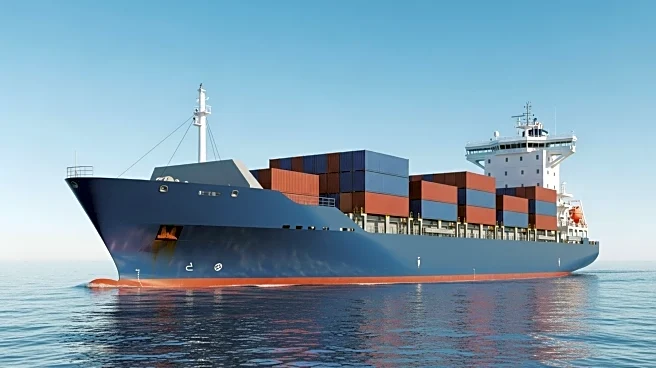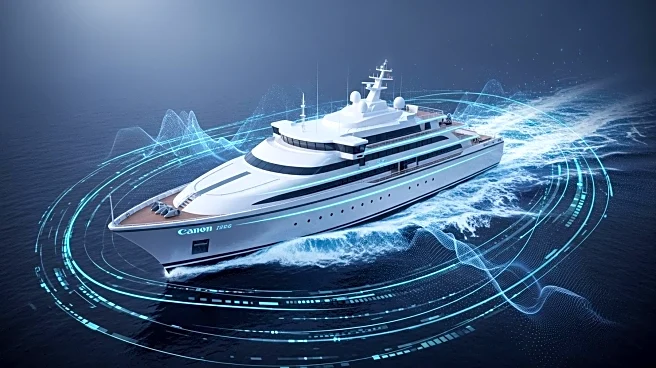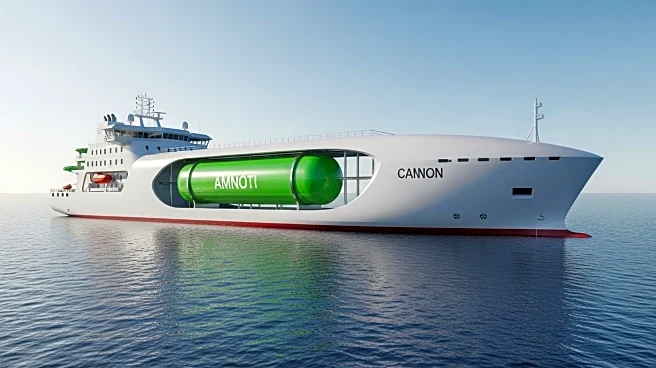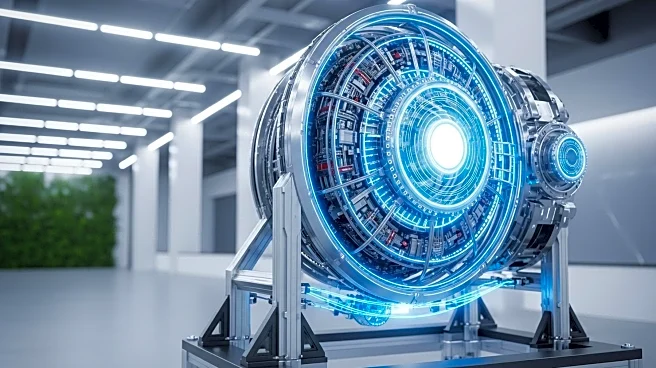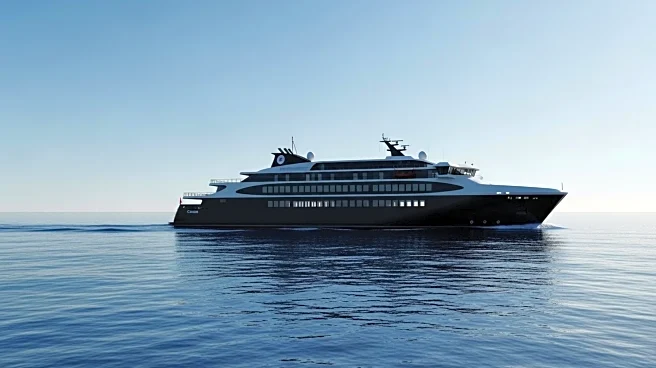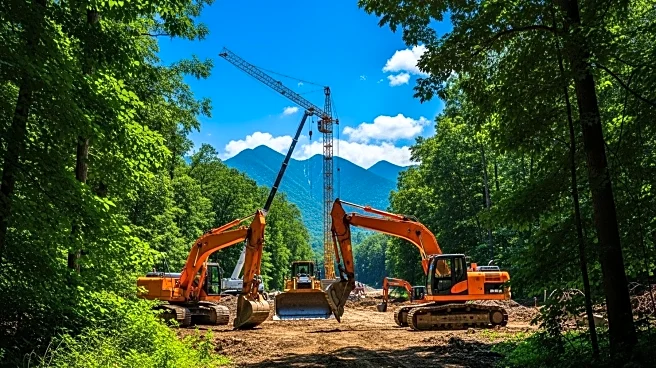What's Happening?
The maritime industry is experiencing a significant increase in drydocking activities within the supramax and ultramax bulker sectors. This surge is attributed to the vessels reaching their third special survey, which typically requires more extensive drydocking than earlier surveys. According to broker SSY, this has temporarily removed about 2% of the supramax and ultramax fleet from service. The drydocking wave is expected to peak between now and mid-2026, maintaining its intensity through mid-2027. Concurrently, regulatory retrofits are pushing repair shipyards to their capacity limits as ship owners rush to comply with new environmental mandates such as the EU ETS and FuelEU Maritime. This has led to increased demand for decarbonization modifications, further tightening yard slots.
Why It's Important?
The increased drydocking and retrofit activities have significant implications for the maritime industry. The temporary withdrawal of vessels from service due to drydocking reduces the effective supply of ships available for trade, potentially leading to tighter market conditions and increased freight rates. The push for regulatory compliance through retrofits is also a critical factor, as it reflects the industry's shift towards more sustainable operations. This trend could lead to increased operational costs for ship owners but also presents opportunities for shipyards specializing in retrofits. The strain on yard capacity could impact the timeline for compliance, affecting the industry's ability to meet regulatory deadlines.
What's Next?
As the demand for yard slots continues to rise, ship owners and operators may face challenges in securing timely drydocking and retrofit services. This could lead to delays in compliance with environmental regulations, potentially resulting in penalties or operational restrictions. The industry may need to explore alternative solutions, such as extending drydock intervals or investing in new technologies to reduce the time required for retrofits. Additionally, shipyards may need to expand their capacity or optimize their operations to accommodate the growing demand.
Beyond the Headlines
The current situation highlights the broader challenges of transitioning to a more sustainable maritime industry. The need for regulatory compliance is driving innovation and investment in new technologies, which could have long-term benefits for the environment and the industry's competitiveness. However, the strain on shipyard capacity underscores the importance of strategic planning and investment in infrastructure to support this transition. The industry's ability to adapt to these changes will be crucial in determining its future sustainability and growth.

